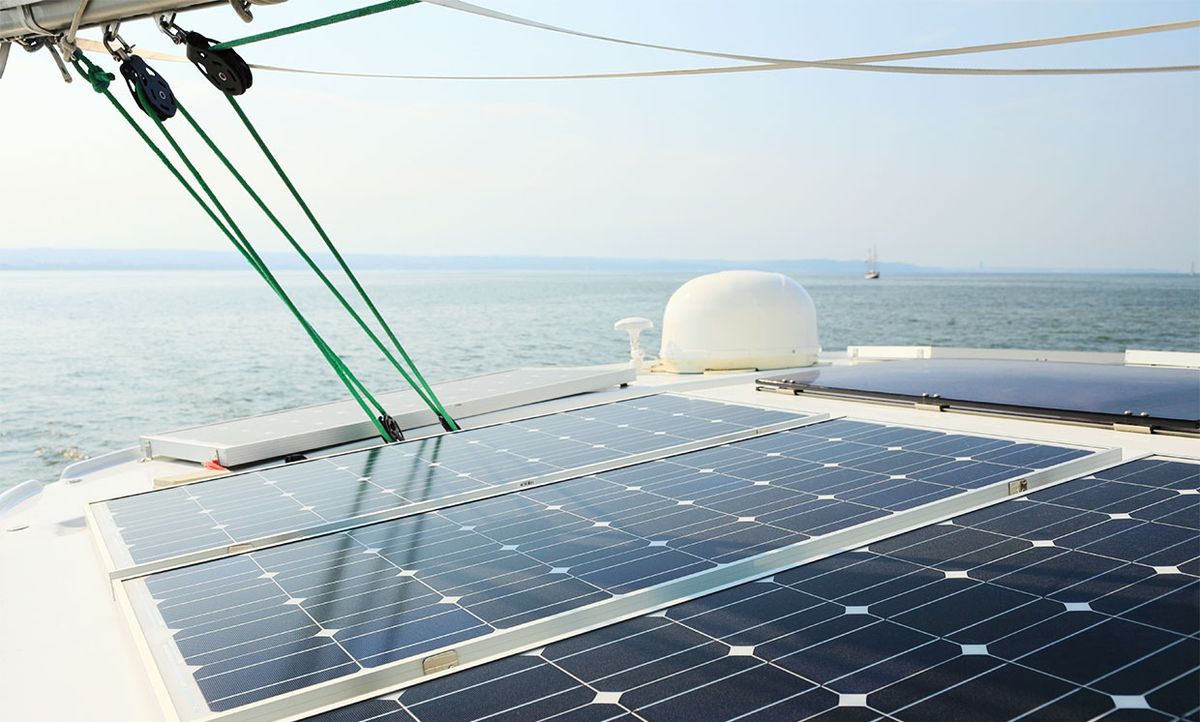In developed countries, lights roar to life with the flick of a switch and televisions hum quietly with the touch of a button—given you still have one of those. But on most of Indonesia’s remote islands, accessing electricity is neither simple nor convenient.
For example—prior to 2018, diesel generators provided residents of East Kalimantan’s Berau district with electricity for just four hours a day. That June, a government-backed organization installed new hybrid microgrids, enabling residents to have electricity all day long, pv magazine reported. These hybrid microgrids were composed of photovoltaic solar panels (PVs) to collect energy and lithium-ion batteries to store it.
But there may be another way to power remote islands, especially in the aftermath of natural disasters: boats. Yes, boats.
Researchers at the University of New South Wales in Sydney, Australia created an algorithm that can theoretically turn electric boats into small renewable power plants. They tested the algorithm with a microgrid in their lab, using four 6-volt gel batteries connected in a 24-V series as a stand-in for a boat.
In their experiment, they found that the algorithm could manage power flows reliably enough to allow electric boats to provide peak load support to a grid directly after a trip.
To implement this approach, they’d need an electric boat with its own PV system, which would charge the boat’s batteries when the boat was adrift. Then when the boat is docked, it could act as a small power plant, providing electricity to homes on the island.
With the algorithm in place, boat owners could decide when to sell electricity—and how much they wanted to sell. They might, for example, set their system to automatically sell 10 percent of its stored energy, and only if the batteries are at least halfway charged.
Boats are uniquely positioned to provide this kind of service, the researchers point out. Electric cars don’t generally have their own PV system. So instead of adding power to the grid like a boat could, electric cars draw from it.
The proposed technology works pretty similarly to the microgrids that are gradually rolling out in Indonesia—those microgrids also contain PVs to collect energy and lithium-ion batteries to store it. But there’s one key difference: portability.
If Indonesia were hit with a natural disaster, those microgrids could be destroyed. Even Indonesia’s widely electrified islands may be impacted. With the new approach, the Indonesian government could use the boats it sent with food and supplies to also provide power.
The concept is still in its infancy, but the University of New South Wales team expects to get its algorithm out of the lab and into the ocean by testing it with an actual electric boat in the near future.



